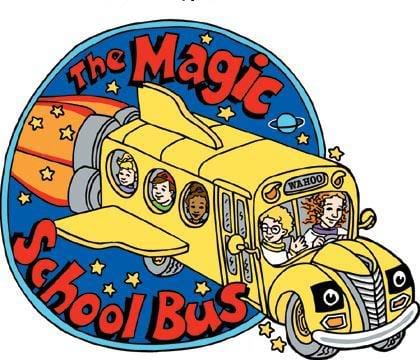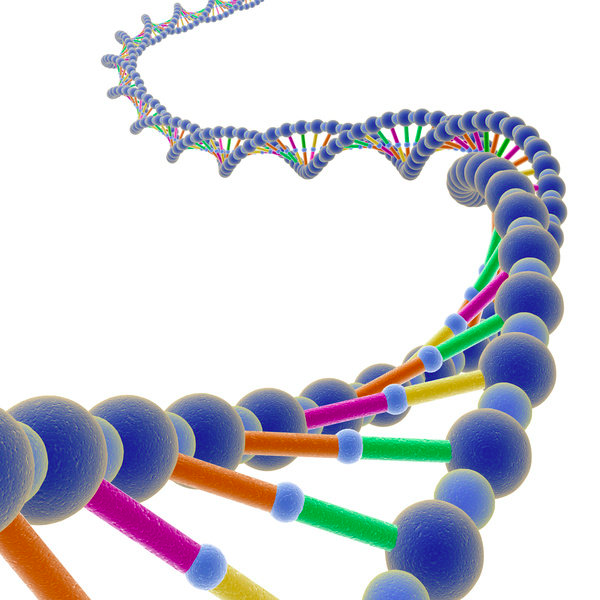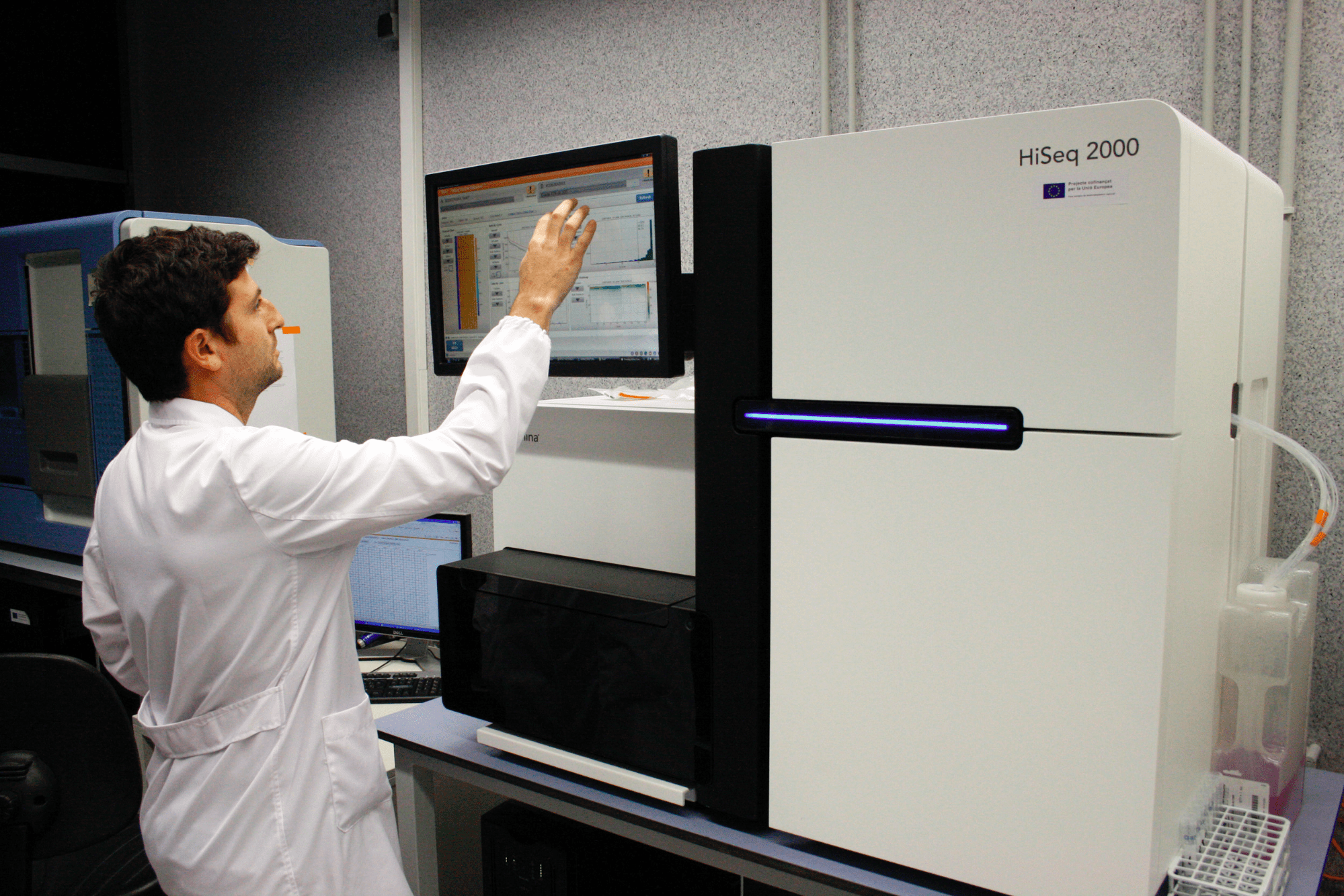Let's pretend we're back in the fourth grade. We shuffle into the science classroom toting our keychain laden backpacks, and then suddenly we're filled with excitement! We've spotted the boxy TV monitor and VCR player, and as of July 2016, this dates me as “old.†Yes! It's Video Day which means no quizzes or worksheets, only 30 minutes of engaging scientific programming for the young mind – or The Magic School Bus. Same thing, right? If the show were still running, I imagine Ms. Frizzle would talk about a cell's genetic information and how emerging technologies allow scientists to study this in detail like never before. But since the show was cancelled in 1997, we'll sadly have to make do without Ms. Frizzle and her class.

Class is in Session: Tiny Cell, Big Data
Understanding how a cell regulates gene expression, and under what circumstances, provides major insight into various medical issues. Different types of sequencing technologies allow researchers to study cancerous tumors, discover and categorize new cell types, understand a cell's life cycle and development, and research evolution. And, within the past few decades, sequencing technologies have led to major medical breakthroughs with no signs of slowing down.
In case your high school or college biology classes occurred a while ago, let's briefly brush up on some genetic concepts. DNA sequences are comprised of four different nucleotide bases that pair up with their respective complement (adenine to thymine, and cytosine to guanine) to form a double helix. While that may not seem complicated, each cell contains approximately 3 billion of these base pairs which are packaged into 23 pairs of chromosomes. The chromosomes are divided into protein-coding and non-protein coding regions, the former of which are called genes. In a human cell, there are approximately 20,000-25,000 protein-coding genes. And with one gene containing anywhere from 27,000 to 2 million base pairs, that's a lot of sequencing data to sift through!

Standing on the Shoulders of Giants: Sequencing and Its Major Improvements
Sequencing techniques can roughly be divided into two generations: First Generation and Next Generation sequencing. First Generation sequencing (FGS) is typically associated with the Sanger Method of sequencing developed in 1977. The development and automation of this technology was revolutionary because, for the first time, it allowed scientists to sequence consecutive nucleotide bases, thus decoding an organism's genome!
Once the Sanger Method was automated, meaning a DNA sequencing machine now determined the DNA sequence, it could read long sequences up to 1000 bases at one time. While FGS is more labor-intensive and expensive, it yields extremely accurate reads and longer reads compared to its younger cousin, Next Generation sequencing. Of the currently available sequencing techniques, its lower error rate means that scientists can be more confident that the order of bases is correct.
Moving on up
The catch-all word for Next Generation sequencing (NGS) is “high-throughput sequencing.†NGS is faster, cheaper, and capable of producing 100x more sequencing reads per run than FGS, even if those reads are shorter DNA sequences. NGS technologies can measure which genes are being expressed, study protein-DNA interactions, and even study which genes on the chromosomes are open for expression – pieces of the puzzle that help researchers understand the complexities of a cell. These technological improvements help scientists create a more accurate and detailed picture of how a cell functions and regulates itself which is critical for understanding diseases and how better to treat them.

To name just one example, the ability to compare a patient's genetic information to the Human Genome Project's databases led to personalized medicine. This means that the treatment is catered more specifically to the patient's disease, so the treatment is more likely to be effective. And this is just one of many medical advancements thanks to genetic sequencing.
Single Cell Say What?
The ability to sequence individual cells instead of populations of cells was developed in the late 2000's, and revolutionized cancer genomics. Single-cell sequencing helps scientists look deeper into the progression of cancers and prepare more personalized treatments. It also improved researchers' understanding of tumor heterogeneity, meaning that not all cells within a tumor contain the same cancer-causing mutations. It is extremely powerful that researchers can apply the ever-increasing body of NGS technologies at the single-cell level to more thoroughly understand the genetic factors at play in normal and disease tissue.
These strides in genomic research bring us ever closer to deciphering the complexities of the cell, understanding evolution and cellular development, and finding treatments for many diseases. With newer sequencing techniques constantly developing, we'll definitely need Ms. Frizzle and the Magic School Bus to come back and take us for another journey!
About the Author
 Leah Caplan is a recent graduate of the University of Georgia. This summer, she moved to Boston for a research position at the Broad Institute of MIT and Harvard. While this southern belle is a bit far from home, she still takes pride in the Bulldawg Nation and has a new appreciation for the South's abundant central AC. Check out some more blogs from Leah Caplan! Leah Caplan is a recent graduate of the University of Georgia. This summer, she moved to Boston for a research position at the Broad Institute of MIT and Harvard. While this southern belle is a bit far from home, she still takes pride in the Bulldawg Nation and has a new appreciation for the South's abundant central AC. Check out some more blogs from Leah Caplan! |
About the Author
- athenssciencecafehttps://athensscienceobserver.com/author/athenssciencecafe/April 17, 2020
- athenssciencecafehttps://athensscienceobserver.com/author/athenssciencecafe/April 12, 2020
- athenssciencecafehttps://athensscienceobserver.com/author/athenssciencecafe/April 3, 2020
- athenssciencecafehttps://athensscienceobserver.com/author/athenssciencecafe/March 30, 2020







